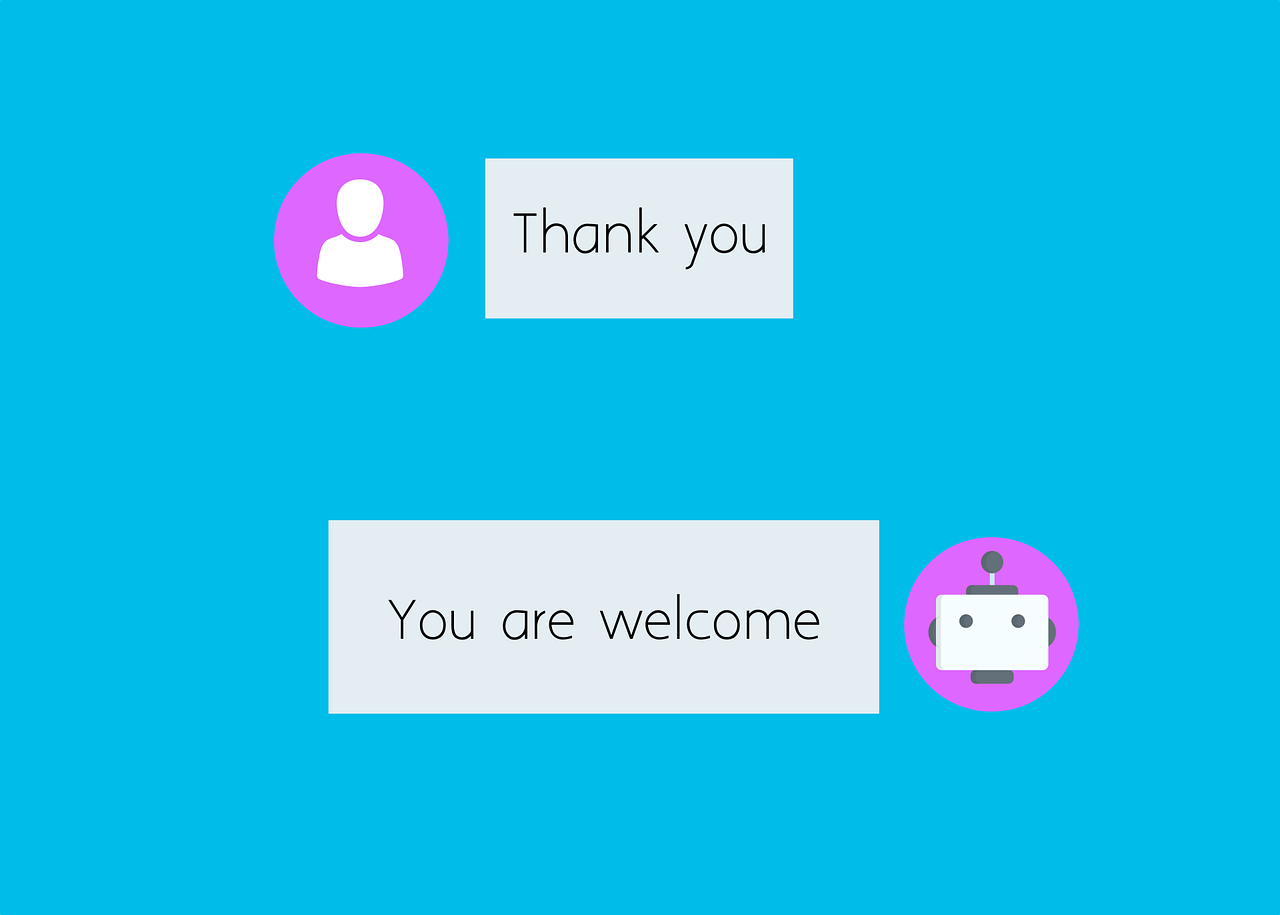Voice AI offers natural conversations with emotion detection, while chatbots provide cost-effective 24/7 support with 98% open rates but struggle with complex requests. Most effective strategies combine both technologies for complete customer service coverage.
Read more about AI chatbots here https://amzoraltd.com/chatbots-vs-live-chat-ai-marketing-for-customer-engagement/
Key Takeaways
- Voice AI delivers natural conversations with emotion detection capabilities, while chatbots offer cost-effective 24/7 support across multiple channels.
- Text chatbots excel at handling routine inquiries with impressive 98% open rates, but struggle with complex requests that Voice AI can better manage.
- Amzora Limited specializes in implementing AI solutions that transform customer service operations for businesses of all sizes.
- The most effective customer service strategies often combine both Voice AI and chatbots in a hybrid approach for maximum coverage.
- Choosing between Voice AI and chatbot implementation depends on specific business needs, customer preferences, and the complexity of typical service requests.
Why AI-Driven Customer Service Is Transforming Business Today
Customer expectations have never been higher. In today’s market, waiting on hold for 20 minutes or receiving generic responses to specific problems is no longer acceptable. AI-driven customer service has become the solution, changing how businesses interact with their customers. Amzora Limited, a leader in innovative customer service solutions, helps businesses implement AI technologies that meet evolving customer needs.
AI-powered customer service isn’t just a trendy addition to business operations—it’s becoming essential for survival in competitive markets. Whether through voice interactions or text-based communications, AI solutions handle increasing volumes of customer inquiries with remarkable efficiency and personalization. Let’s examine the two main approaches: Voice AI and Text Chatbots, to understand which might work best for your specific business requirements.
Voice AI: The Power of Spoken Customer Support
1. Natural Conversational Flow with Human-Like Interactions
Voice AI technology has evolved dramatically in recent years, enabling truly natural conversations between machines and humans. Unlike rigid, scripted exchanges of the past, modern voice AI systems can understand context, manage interruptions, and maintain fluid dialogue across multiple topics. This natural flow makes customers feel heard and understood, creating a more satisfying service experience.
2. Emotion and Context Detection Capabilities
One of the most impressive capabilities of advanced Voice AI is its ability to detect emotional cues in a customer’s speech. These systems analyze tone, pitch, speaking pace, and word choice to gauge sentiment and respond appropriately. When a customer sounds frustrated, the AI can adjust its approach—perhaps speaking more slowly, expressing empathy, or escalating to a human agent if necessary. This emotional intelligence creates more meaningful interactions that help diffuse tension and build trust.
3. Real-Time Problem Solving Through Speech
Voice remains our most natural and efficient communication method. For complex issues that would require lengthy text explanations, speaking allows customers to explain their problems comprehensively and receive immediate guidance. Voice AI systems can process this information in real-time, ask clarifying questions, and guide customers through multi-step solutions much faster than text-based alternatives.
4. Accessibility Benefits for Diverse Customer Needs
Voice AI significantly improves service accessibility for various customer groups. Visually impaired individuals, elderly customers uncomfortable with typing, and those with literacy challenges all benefit from voice-based support options. Additionally, customers who need to multitask or are in situations where typing is impractical (like driving or cooking) can still access support through voice commands.
5. Technical Limitations and Implementation Challenges
Despite its advantages, Voice AI faces certain limitations. Performance can vary when dealing with strong accents, regional dialects, or in noisy environments. Implementation requires sophisticated technology integration and careful training to handle industry-specific terminology. Additionally, Voice AI systems typically require more substantial infrastructure investment compared to text-based solutions.
Text Chatbots: The Digital Messaging Powerhouse
1. 24/7 Instant Response Capabilities
Text chatbots excel at delivering immediate, around-the-clock support without making customers wait. Unlike human agents who need breaks and work in shifts, chatbots provide consistent service at any hour. This constant availability ensures that late-night questions, weekend inquiries, and holiday support needs are addressed promptly, enhancing customer satisfaction and preventing support backlogs.
2. Cost-Effectiveness and Scalability Advantages
One of the most compelling benefits of chatbot implementation is the significant cost reduction in customer service operations. A single chatbot can handle thousands of simultaneous conversations, effectively replacing dozens of entry-level support agents for routine inquiries. This scalability allows businesses to maintain consistent support quality during sudden traffic spikes without the need to rapidly hire and train new staff.
3. Multi-Channel Integration Capabilities
Modern chatbots seamlessly operate across numerous communication channels—from your website and mobile app to SMS, WhatsApp, Facebook Messenger, and other social platforms. This omnichannel presence ensures customers can reach support through their preferred communication method without downloading additional apps or switching devices. The same chatbot can maintain conversation context even as customers move between channels.
4. High Engagement Metrics (98% Open Rates)
Text-based customer service benefits from extraordinarily high engagement rates. SMS messages boast open rates of up to 98%, with most being read within minutes of receipt. This near-guaranteed visibility makes text chatbots particularly effective for time-sensitive notifications, appointment reminders, shipping updates, and other critical communications where immediate attention is valuable.
5. Structured Query Limitations
Despite their advantages, chatbots have clear limitations. They perform best with straightforward, predictable queries and can struggle with nuanced requests or conversations that deviate from expected patterns. According to IBM, chatbots can effectively handle about 80% of routine customer questions, but the remaining 20% often require human intervention. Complex problems involving multiple issues, unique circumstances, or emotional sensitivity frequently exceed chatbot capabilities.
Decision Framework: Matching AI Solutions to Business Needs
When Voice AI Delivers Superior Results
Voice AI shines in scenarios requiring nuanced understanding and complex problem-solving. Industries with high-stakes customer interactions—like healthcare, financial services, and technical support—benefit significantly from voice technology. When customers need to explain complicated situations or when emotional reassurance is valuable, Voice AI’s ability to detect tone and sentiment creates more satisfying experiences.
Voice AI is also the preferred solution when your customer base includes individuals with accessibility needs, such as visually impaired users or those with limited typing abilities. Additionally, time-sensitive situations where speaking is faster than typing benefit from voice-based support channels.
When Text Chatbots Are the Optimal Choice
Text chatbots excel in environments where most customer inquiries follow predictable patterns. Retail, travel booking, appointment scheduling, and other industries with standardized processes benefit from chatbots’ ability to efficiently handle routine questions. Text solutions are also ideal when customers may be in quiet or public settings where speaking aloud isn’t practical.
From a business perspective, chatbots make sense as an entry point for companies just beginning to implement AI in their customer service strategy. The lower implementation costs and straightforward integration with existing digital channels make text chatbots an accessible starting point that delivers immediate ROI.
Integration Requirements with Existing Systems
Successful AI implementation requires thoughtful integration with your existing technology stack. Voice AI typically needs integration with telephone systems, IVRs (Interactive Voice Response), and call center software. These systems must work together seamlessly to maintain context when transferring between AI and human agents.
Text chatbots require integration with your website, mobile apps, CRM systems, and messaging platforms. Both solutions benefit from access to customer data, product information, and knowledge bases to provide accurate, personalized responses.
Hybrid Approaches: Getting the Best
of Both Worlds
Escalation Pathways from Chatbot to Voice
The most effective customer service strategies often combine both technologies in a complementary approach. Many businesses use text chatbots as the first point of contact, handling simple inquiries immediately while identifying complex issues that require voice interaction. When chatbots detect confusion, frustration, or complex questions, they can seamlessly escalate to Voice AI or human agents.
This escalation pathway creates an efficient filtering system where routine matters are handled quickly via text, while complex situations receive the more nuanced attention they require. The result is optimized resource allocation and higher customer satisfaction across all interaction types.
Success Stories from Leading Implementations
Forward-thinking companies across industries are demonstrating the power of hybrid AI approaches. Major banks now use text chatbots for account balance checks, transaction history, and basic troubleshooting, while deploying Voice AI for mortgage applications, fraud concerns, and financial planning conversations that benefit from emotional intelligence.
Similarly, healthcare providers use chatbots for appointment scheduling and medication reminders, while using Voice AI for symptom assessment and care coordination where nuance and context are critical. These hybrid implementations consistently deliver higher customer satisfaction scores while reducing operational costs.
Future-Proof Your Customer Service Strategy
The customer service field continues to change rapidly, with AI capabilities advancing at remarkable speed. To stay competitive, businesses must develop flexible, adaptable support strategies that can incorporate new technologies as they emerge. Rather than viewing the choice between Voice AI and text chatbots as binary, consider how these technologies can work together to create a comprehensive support ecosystem.
By understanding each technology’s strengths and limitations, you can design a customer service approach that meets today’s needs while positioning your business for future innovations. Prioritize solutions that integrate easily with your existing systems and offer clear paths for expansion as your needs grow.
Amzora Limited helps businesses transform their customer service experience by implementing cutting-edge AI solutions tailored to their unique requirements and goals.



Pingback: Drift AI Chatbot Marketing Pricing with Features & Cost Guide - Content Marketing Agent